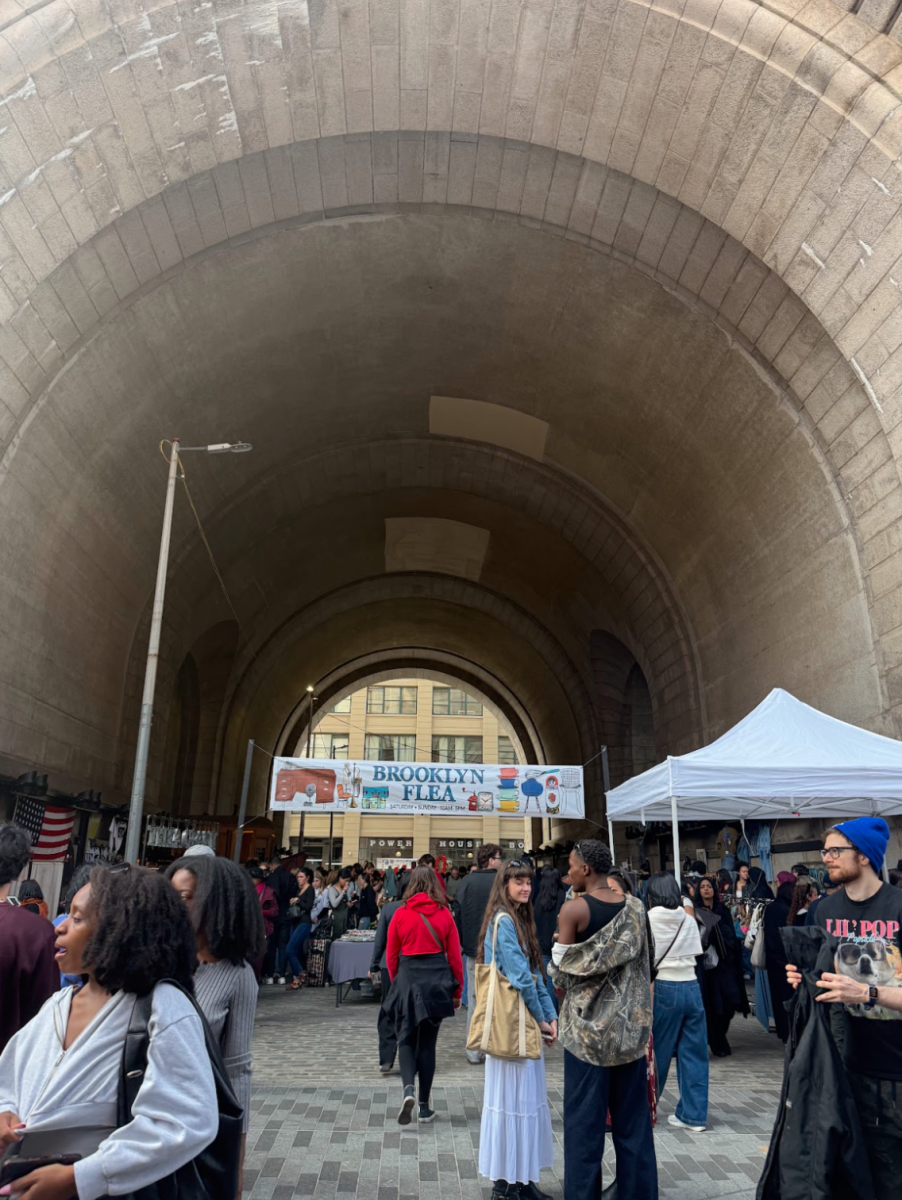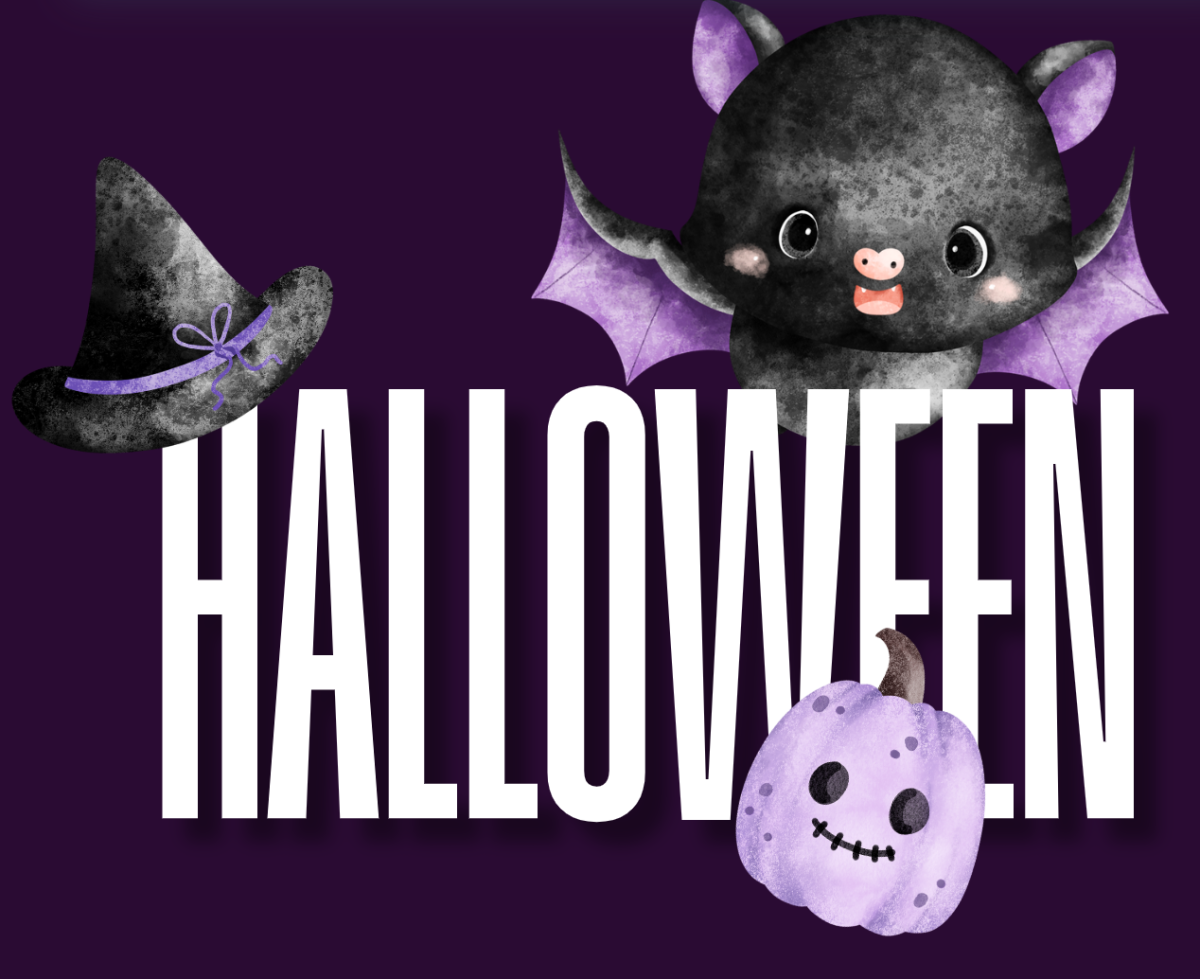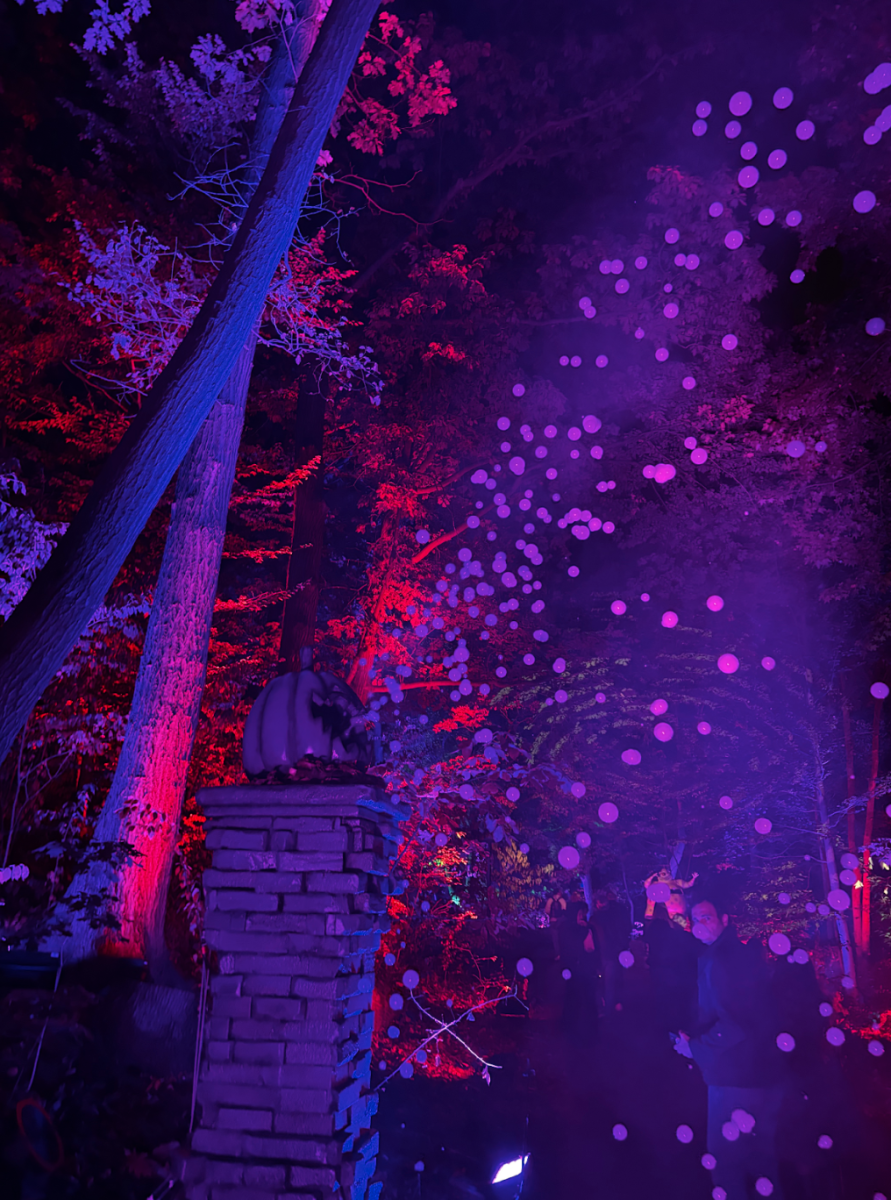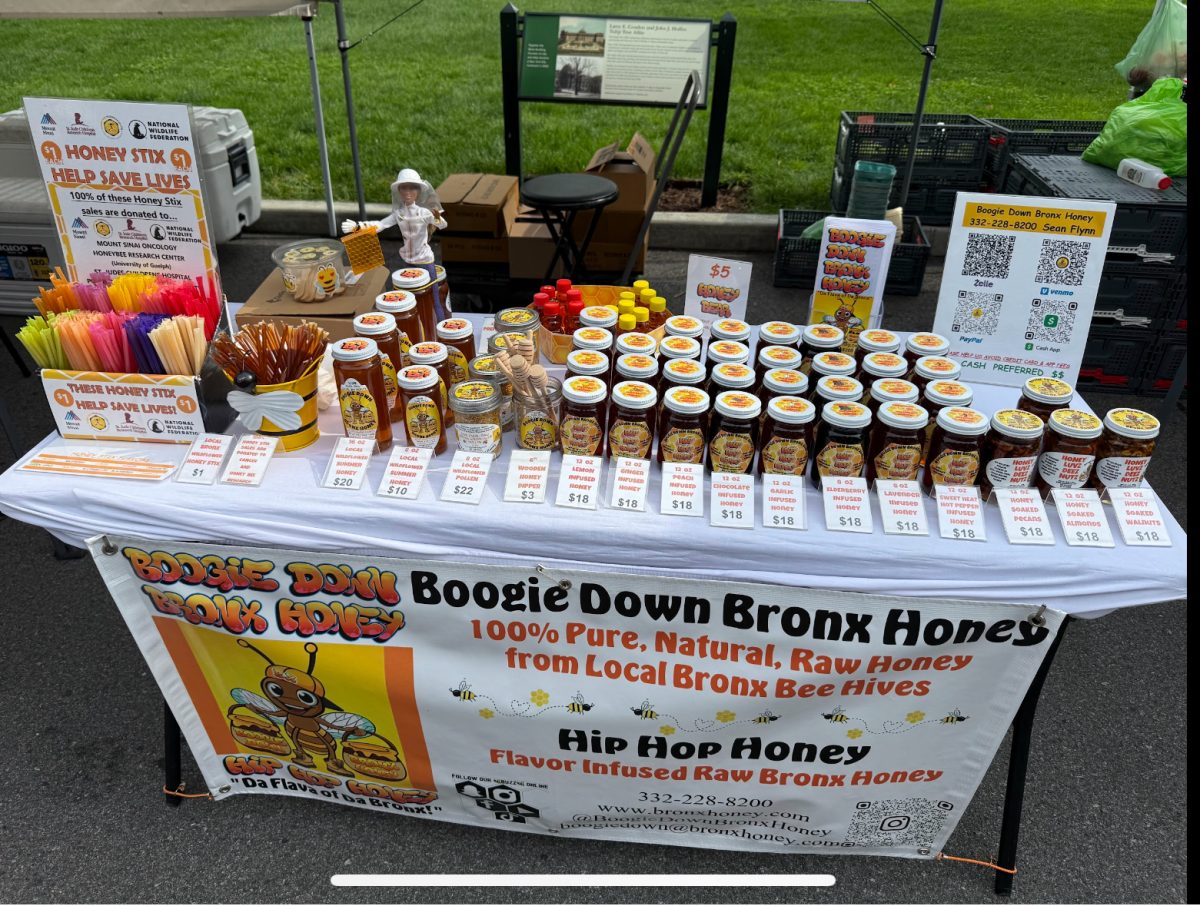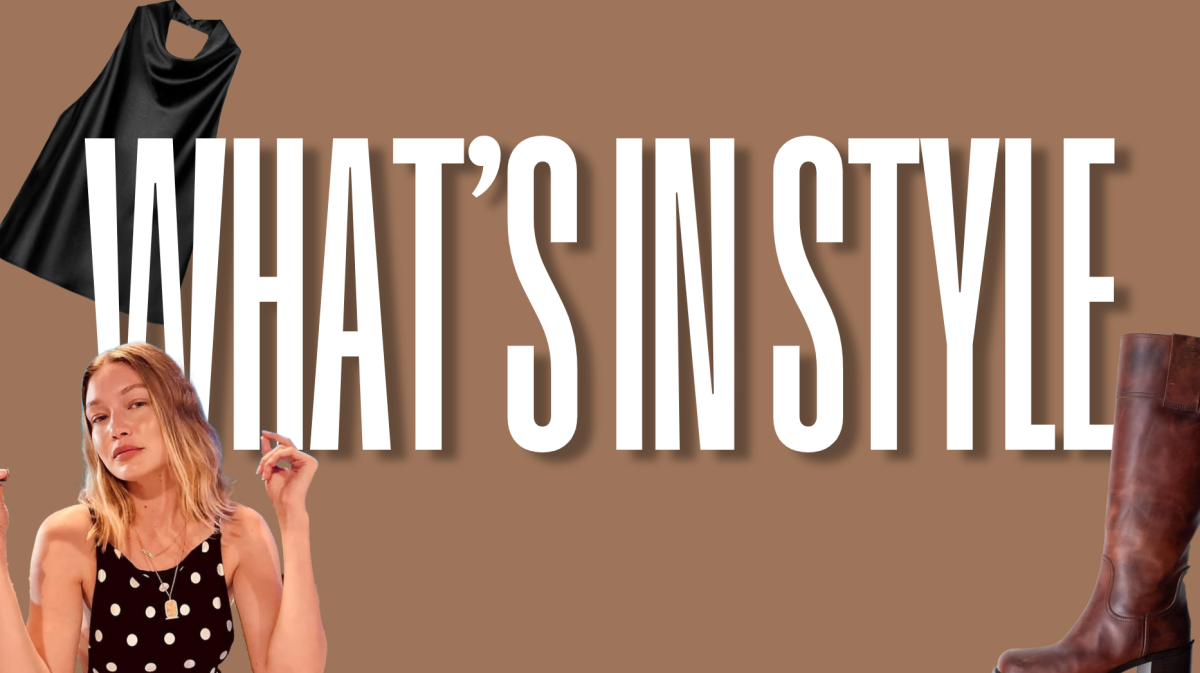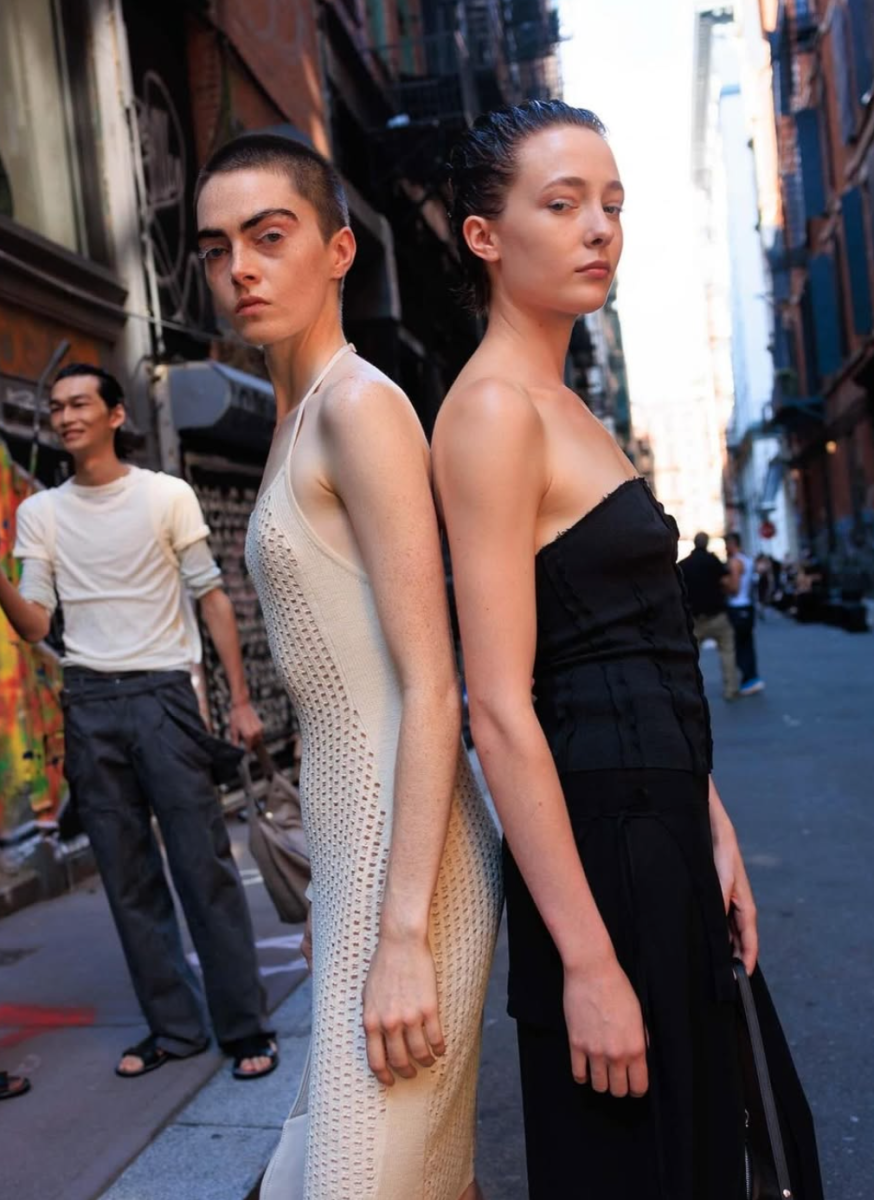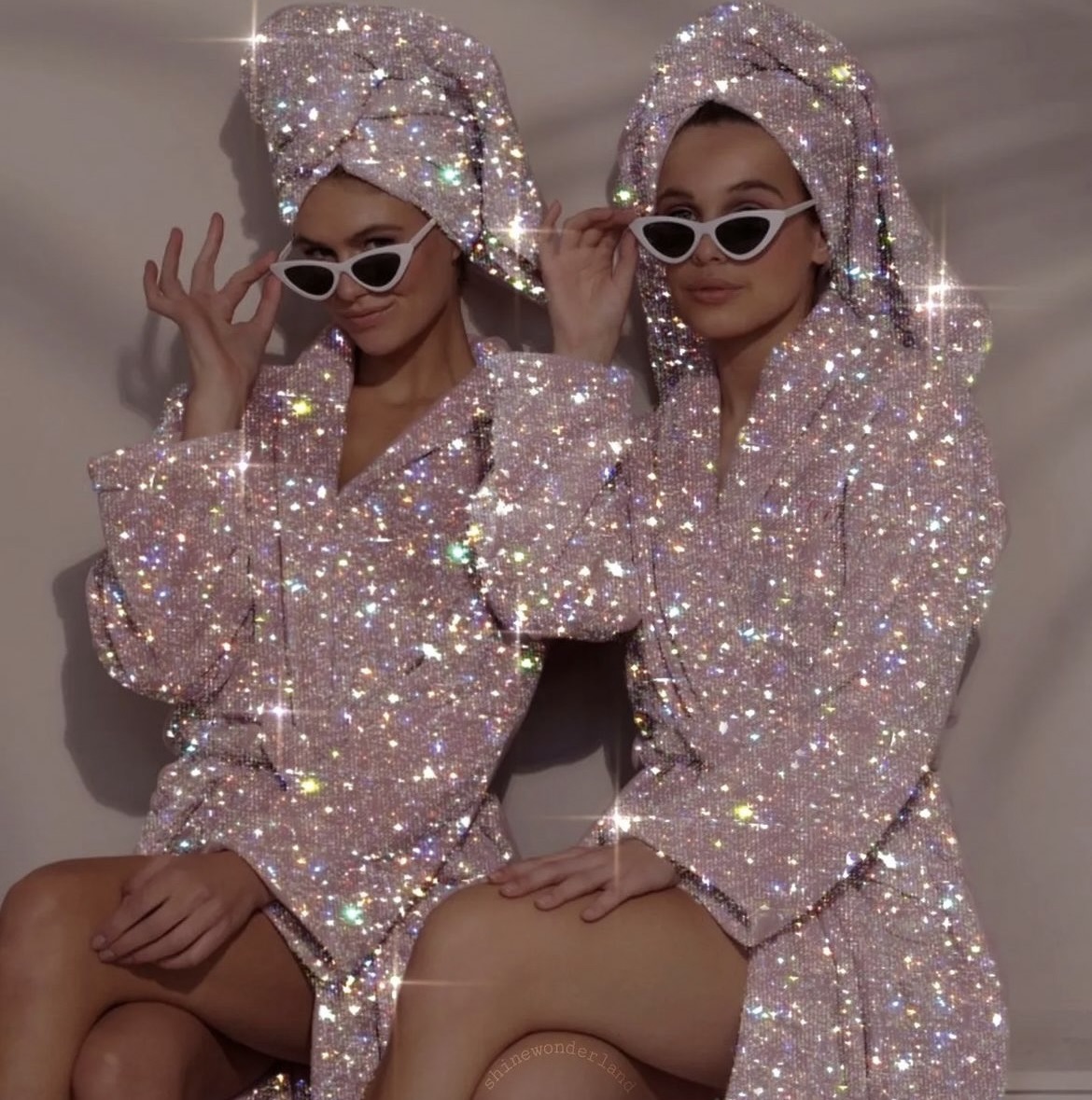By KEVIN ZEBROSKI
COLUMNIST
This Spring Weekend’s Under the Tent is Great Gatsby themed, and the advertising flyer shows that the dance will draw stylistically from the upcoming Baz Luhrmann film. Promotional materials for the film have been heavily electric, with a forceful sonic presence and nearly steampunked set design in the typically gaudy style of Lurhmann’s films, and it all seems very sensational. The motivation for such an interpretation likely stems from a need to please modern audiences with an audiovisual overload and captivate the modern moviegoer in the same way that Gatsby captivated his friends and guests with displays of impossible wealth, glamour and personal secrecy.
A more historically-minded look at the roaring twenties would reveal a less sensational era, at least by our modern expectations of glitz. The ‘20s were sensational because they followed a long spell of utilitarian workwear emphasis. The stuff that conjures mental imagery of the hard working American miner with a heart of gold and dusty lungs was being replaced by the delicate tailoring and finery of an economic boom. Americans were done scraping the earth and begun reaping its benefits through tireless swinging and partying. Fitzgerald would likely describe the Roaring ‘20S as a fatiguing blur of personalities bumping up against each other in their most chemically enlivened states. It was a decade of weekends.
The Roaring ‘20s was not a collection of harsh clashing color pallets and gaudy jewelry, at least sartorially. The American twenties were a validation of the pinstripe, the idea that humans were somewhat entitled to regality. Out of the 1920s came a sense of personal adornment without self-conscious reservation and all of the confidence one might choose to associate with bold self-presentation. It was not about showing off, but rather finding comfort in exposition, throwing your best look into the public view without worrying about offending the neighbors with brightened sensibilities and metallic accessories. The tie bar and pin were popular during the 1920’s because they were acceptable in the business sphere since silver was compliant with grayscale, but they also provided a sense of individual accomplishment.
I have a simple guideline for anyone seeking explicit recommendation. Take whatever formal wear you already own and feel comfortable in and then subvert its natural composition with some irreverent twist. Try to intentionally break at least one fashion “rule” you have picked up over the years of indoctrination in a way that makes you feel more comfortable and more prone to party. My personal favorite is the old tie for a belt substitute. I occasionally choose to do it because I hate belts and love ties. The supposed rules of sartorial conduct say that I can only wear one tie at a time, but the sounds of the Jazz Age ring truer.






































































































































































































